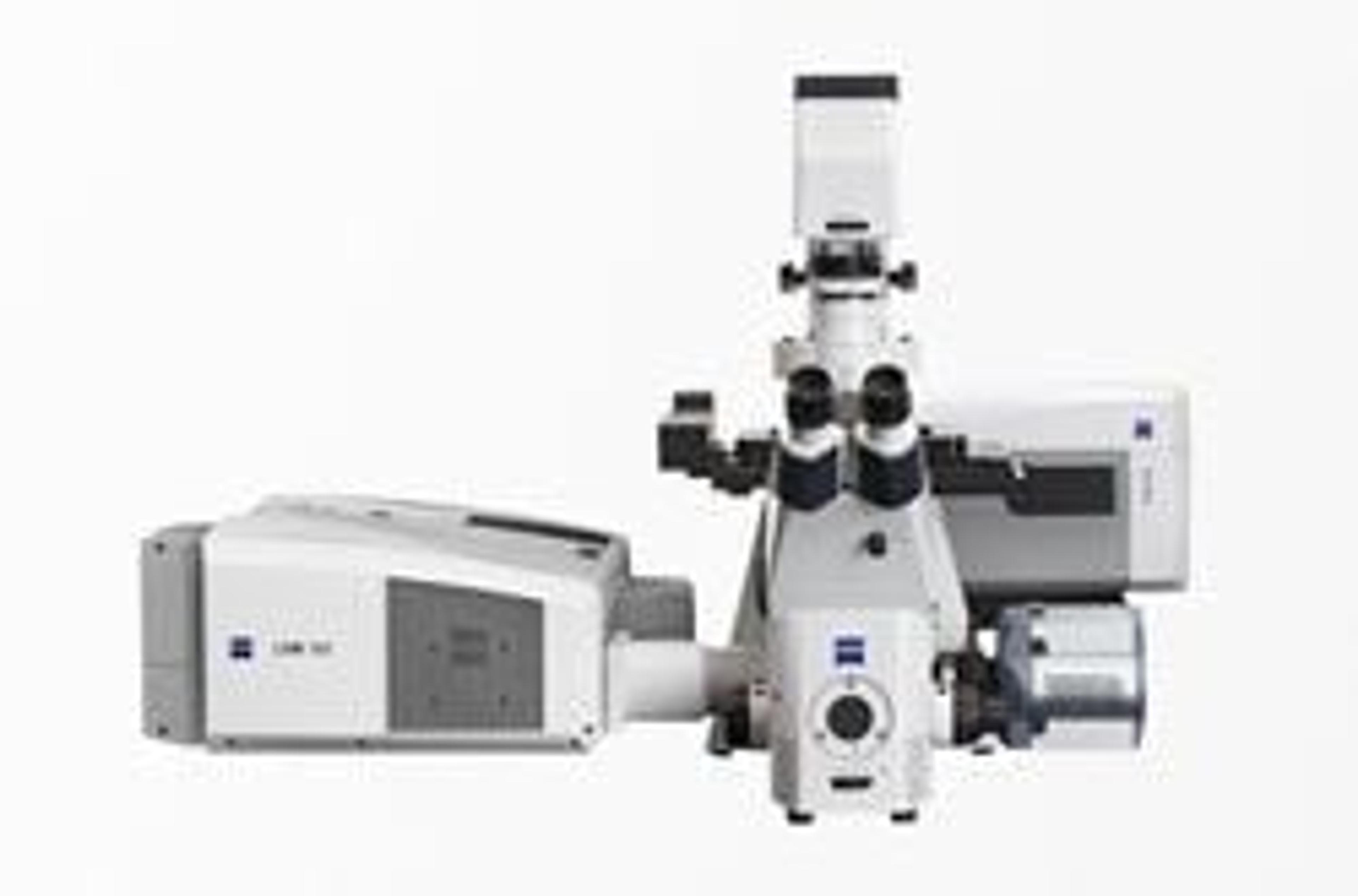Carl Zeiss Research Award Winners and Partners Receive Nobel Prize
9 Oct 2014
The Nobel Prize was recently awarded for medicine, physics and chemistry. Customers and partners of ZEISS are also among the winners, including former Carl Zeiss Research Award winners Shuji Nakuamura and Stefan Hell.
"We are very excited that these researchers have won the Nobel Prize," says Professor Michael Kaschke, President and CEO of ZEISS. "When customers and partners achieve their scientific objectives and we support them with our products, then we at ZEISS have done exactly what we set out to do."
Adds Kaschke: "This is now the fourth time that a Carl Zeiss Research Award winner has gone on to win the Nobel Prize. And this is, of course, something that we are very proud of."
About the Nobel Prize winners
Three researchers shared the award in chemistry for their work on super-resolution fluorescence microscopy: German Stefan Hell and Americans Eric Betzig and William E. Moerner.
Eric Betzig from the Janelia Farm research institute in Virginia, is not only a ZEISS customer, but also a key research and collaboration partner. He holds multiple patents for super-resolution photo-activated localization microscopy (PAL-M). The idea behind this invention is based on the fact that only a low number of fluorescent dye molecules in a sample can be activated simultaneously and excited to fluoresce. This enables the physical position of these individual fluorescing molecules to be exactly determined to within a few nanometers. A super-resolution image of a sample is generated by successively repeating a photo-induced separation of fluorescing dye molecules and combining consecutively captured individual images. In 2007, ZEISS Microscopy obtained exclusive rights to market PAL-M. This led to the development of the ELYRA P.1 and PS.1 super-resolution systems.
Stefan Hell, the Director of the Max Planck Institute for Biophysical Chemistry in Göttingen, received the Carl Zeiss Research Award in 2002. He was honored for his pioneering achievements in basic research and applications for high-resolution optical microscopy. The foundation and applications, particularly laser scanning microscopy, are the key to his work. His objective is to find methods of expanding the resolving power and thus the range of applications of optical microscopes in the life sciences.
Key scientific results and methods include the STED concept (Stimulated Emission Depletion microscopy), 4π confocal microscopy and 3D resolution at the 100 nm level.
One of the three Nobel Prize winners in physics, Shuji Nakamura, received the Carl Zeiss Research Award in 2000 in recognition of his work on the development of high-brightness, blue light-emitting and laser diodes. The Nobel Prize was presented for the invention of efficient blue light-emitting diodes which has enabled bright and energy-saving white light sources. The other winners in this category are Isamu Akasaki and Hiroshi Amano.
Nakamura's work enables applications such as full-color displays and indicators, e.g. in sports stadiums. With the availability of blue LEDs, all primary colors can now be displayed with long-lasting, energy-efficient light diodes. In the future, white LEDs with red, blue and green LED structures in one unit will be able to replace conventional light sources such as light bulbs.
The winners of this year's Nobel Prize in Medicine also have a connection to ZEISS: May-Britt Moser and Edvard I. Moser are ZEISS customers. Together with John O'Keefe, they were recognized for their discoveries of cells that constitute a positioning system in the brain. The institute where Mr. and Mrs. Moser work in Trondheim, Norway, is equipped with various microscope systems from ZEISS.
ZEISS congratulates all the Nobel Prize winners on receiving the highest award available to scientists.

